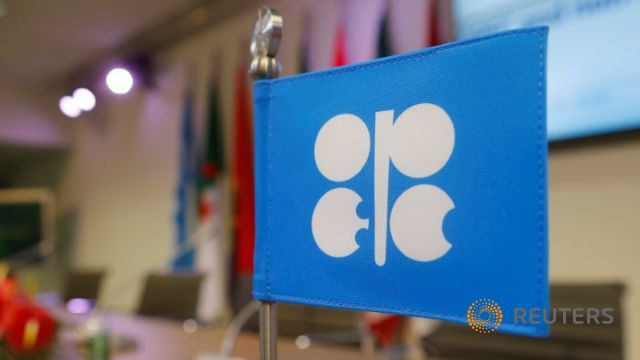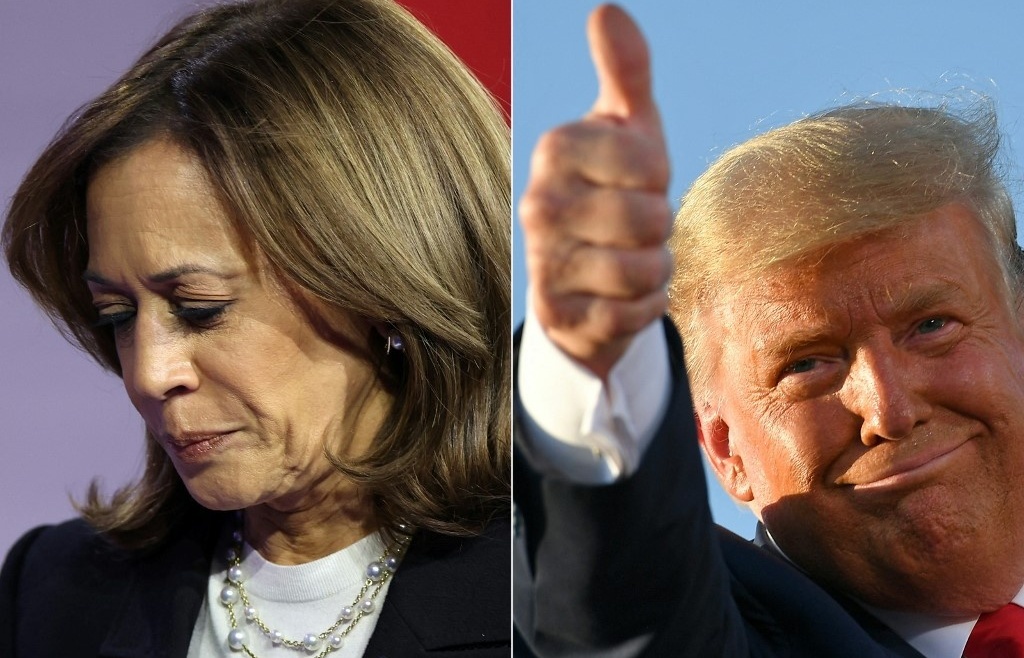Non-OPEC supply to rise but end of glut in sight: OPEC
 |
| A flag with the Organization of the Petroleum Exporting Countries (OPEC) logo is seen before a news conference at OPEC's headquarters in Vienna, Austria December 10, 2016. Photo source: REUTERS/Heinz-Peter Bader |
Brazil and Canada - who did not sign the reduction agreement - and Kazakhstan are expected to be the main contributors to the non-OPEC supply growth, the Organisation of the Petroleum Exporting Countries said in its December oil market report.
World oil prices have surged since 11 countries agreed on Saturday to cut their oil output, teaming up with the OPEC cartel in a bid to end a global oil glut and reverse a dramatic fall in income.
Russia was among the 11 non-OPEC producers, but the United States, where some shale oil producers are expected to come back onstream as their production becomes profitable again, was not.
OPEC said, however, that output rises by some countries would not stop the oil market from rebalancing in the second half of next year after a long, stubborn glut due to oversupply.
The joint action in curbing supply is expected to help "accelerate the reduction of global inventories and bring forward the rebalancing of the oil market to the second half of 2017", the report said.
World oil demand growth, which has been revised up slightly, would also help bring the market into balance, it said.
Output by countries outside of the 13-member OPEC cartel is expected to grow by 0.3 million barrels a day in 2017, OPEC said. If confirmed, this would overturn previous predictions of a contraction for next year.
"This is mainly due to higher price expectations for 2017," OPEC said.
OPEC announced at the end of last month that its members would slash output by 1.2 million barrels per day beginning in January, to 32.5 million bpd.
Non-OPEC members approved cuts totalling 558,000 bpd.
World production continued to increase in November, with OPEC pumping a record 33.87 mbd.
What the stars mean:
★ Poor ★ ★ Promising ★★★ Good ★★★★ Very good ★★★★★ Exceptional
Latest News
More News
- Tropical storm Trami leaves at least 24 people dead in Philippines (October 24, 2024 | 17:36)
- Singapore grants conditional approval for solar power import from Australia (October 24, 2024 | 17:27)
- ASEAN digital economy set to reach $2 trillion by 2030 (October 22, 2024 | 15:08)
- Thailand asks Laos to waive visa fee at border checkpoints to boost tourism (October 21, 2024 | 17:23)
- Laos pledges to continue efforts to empower girls (October 21, 2024 | 17:17)
- Chinese electric vehicle maker to build plant in Indonesia (October 21, 2024 | 17:12)
- Vietnam Elevator Association introduces Elevator Safety Application to the world (October 18, 2024 | 09:00)
- A taste of the future - the go-to spot at the Worldchefs Congress & Expo 2024 (October 15, 2024 | 16:11)
- Jakarta to impose household waste levy (October 14, 2024 | 16:49)
- China, Laos plan to build connectivity development corridor with Thailand (October 14, 2024 | 16:19)

















 Mobile Version
Mobile Version